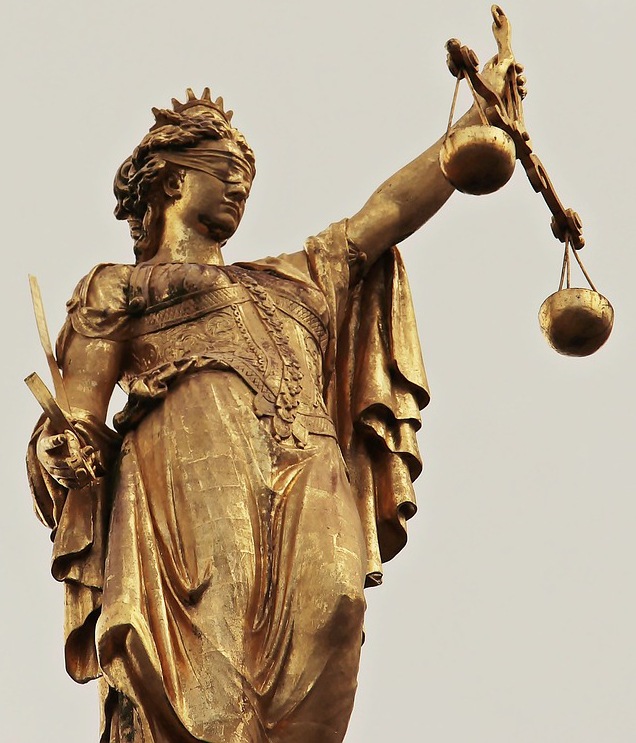Blog: A new statutory exception to the rule against hearsay

Matheson partners Julie Murphy-O’Connor, Tony O’Grady, Brendan Colgan, Grainne Dever and Mairéad Ní Ghabháin explore recent changes to the law on hearsay evidence.
The Civil Law and Criminal Law (Miscellaneous Provisions) Act 2020 was recently passed by the Dáil to deal with a number of practical issues arising as a result of the COVID-19 pandemic.
The Act introduces a variety of reforms in both civil and criminal law, including provision for remote hearings and electronic filings. Of particular interest for creditors in summary proceedings, is the introduction of a new statutory exception to the rule against hearsay which now allows for the admission of business records as evidence in civil proceedings in certain circumstances.
The rule against hearsay and the judgment in Burns
The law of evidence concerning hearsay refers to any testimony given by a witness about words spoken or a document generated out of court by another person who is not produced in court as a witness, where the testimony is presented to prove the truth of what is asserted in the words or document involved. This clearly covers an exceptionally wide range of important documents, including letters, medical records, business records and public records. It can result in documents being inadmissible in evidence because the person who had originally created the documents was not available to be cross-examined in court.
Heretofore, the exceptions to the rule against hearsay generally relied upon in summary proceedings were (i) the statutory exception in the Bankers’ Books Evidence Act 1879-1959 (which can only be invoked by a bank) and (ii) the common law exception based on a ‘course of dealings’ between the defendants and the plaintiff or its predecessor in title (which has its origins in Moorview Developments v First Active plc [2010] IEHC 275, Bank of Scotland v Fergus [2012] IEHC 131, Bank of Ireland v Keehan [2013] IEHC 631, and was developed in Ulster Bank v O’Brien [2015] 2 IR 656 – see our previous client update here).
The rule against hearsay has created some difficulties for those seeking to obtain summary judgment, particularly for loan purchasers as was highlighted in the recent case of Promontoria v Burns [2020] IECA 87. In this case, the Court of Appeal noted that the deponent’s source of knowledge was not identified save with respect to the specific documents he exhibited and, even in respect of the exhibits, it was not clear whether original books and records had been examined. The only statement of account provided to the Court in this case appeared to have been prepared for the purpose of litigation, and no bank statements or documentation from which a course of dealing could be inferred had been exhibited. The Court of Appeal in that case concluded that the affidavit evidence in this case did no more than confirm what the plaintiff had been told (by the bank from which the loan was purchased) as to the amount due by the borrowers at the time that the loan was acquired and what amount had, on that basis, been calculated as having accrued since then. The Court of Appeal held that the affidavit amounted to “classic hearsay, a statement of what the deponent was told by someone else”.
In both judgments of Collins J and Baker J in the Court of Appeal, there was a call for clarity around the rule against hearsay in the context of summary judgment cases, either from the Supreme Court or from the legislature. The Law Reform Commission had been advocating for reform of the hearsay rule in civil claims for many years.
Chapter 3 of the Act and the admission of business records as evidence of their contents
Chapter 3 of the Act introduces a new statutory exception to the hearsay rule. Section 13 provides for circumstances in which any record in document form compiled in the ordinary course of business is presumed to be admissible as evidence of the truth of the facts asserted in such a document.
The Act creates a rebuttable presumption that the information contained in documents is admissible as evidence of the facts contained in those records as long as (a) the documents were compiled in the ordinary course of business, (b) they are supplied by a person who has, or may reasonably be supposed to have, personal knowledge of the matters dealt with (whether or not that person compiled the records and is identifiable); and (c) in the case of information in non-legible form that has been reproduced in legible form, the information was reproduced in the course of the normal operation of the reproduction system concerned.
The onus therefore shifts to the other party to establish that the evidence contained in those records is untrue or incorrect.
It is a further requirement that (i) a copy of the document intended to be relied upon has been served on the other party or parties or (ii) a notice of intention to give the information in evidence, together with a copy of the document, is served on the other party or parties not later than 21 days before the commencement of the trial. If this provision is not adhered to, the party seeking to admit the records will need to seek leave from the Court. The other party on whom such a notice has been served shall not, without leave from the court, object to the admissibility in evidence of the information concerned unless they serve a notice objecting to its admissibility on the other parties to the proceedings at least seven days before the commencement of the civil trial. The Act also provides for the method of service of such notices.
Business is broadly defined to include “any trade, profession or other occupation carried on, whether for profit or otherwise, either within or outside the state”. There are some exceptions to admissibility, such as where the information is privileged or is compiled for the purpose of a criminal investigation.
The Act ensures that the Court retains the usual discretion in deciding whether to admit such evidence and can refuse to admit records where it comes to the conclusion that to do so would not be in the interests of justice – such as where the Court decides it would result in unfairness to a party. The Court can also decide what weight to afford to such records and can take into account their reliability or authenticity.
What does this mean in practical terms?
The introduction of this statutory exception to the rule against hearsay should make it more straightforward for loan purchasers to adduce evidence of sums due by borrowers in that it creates a (rebuttable) presumption that copies of documents produced in the ordinary course of business can be relied upon as truth of their contents without requiring the individual who created the document to be called to give evidence. It will be for the party opposing their admission to show reason why the records are inaccurate, incomplete or otherwise should not be admitted.
The Act became law on 6 August and the majority of the Act, including the section on business records which is the focus of this piece, commenced on 21 August 2020.

- Julie Murphy-O’Connor, Tony O’Grady, Brendan Colgan, Grainne Dever and Mairéad Ní Ghabháin are partners at Matheson.








